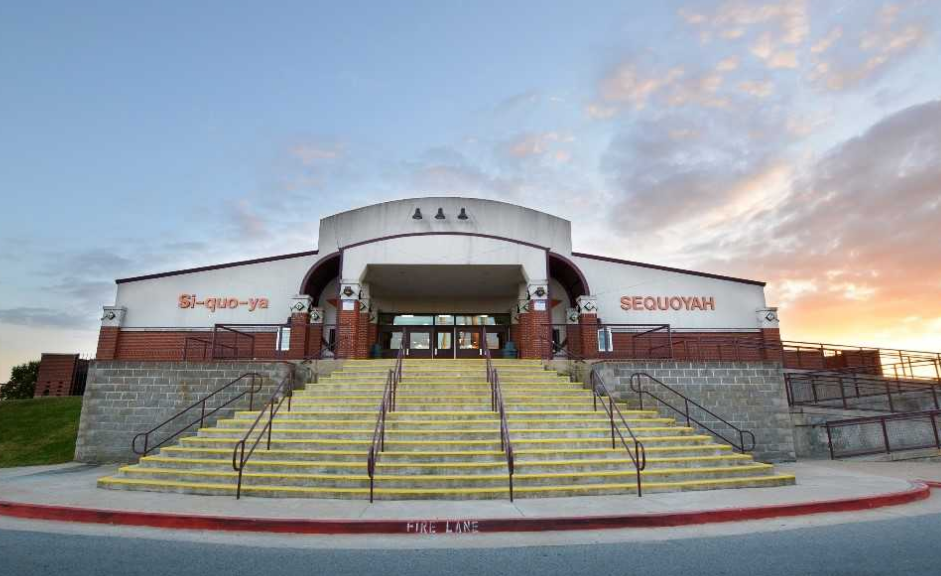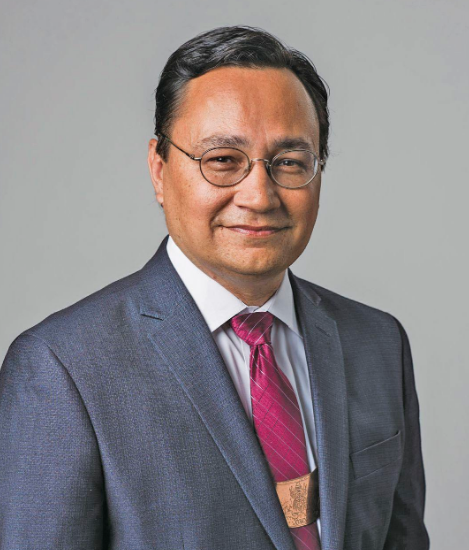
- Details
- By Chuck Hoskin Jr
Guest Opinion. For more than 150 years, Sequoyah Schools have been a safe place for Cherokee and other Native American youth to live, learn and grow. During this milestone anniversary year, we are celebrating Sequoyah Schools’ many accomplishments for past and present generations of students. We are also looking ahead with an historic investment in the school.
From humble beginnings as an orphanage, Sequoyah has evolved into one of the most significant educational institutions for Native students in the nation. The school, serving grades 9 through 12, is operated by the Cherokee Nation and funded by the Bureau of Indian Education.
Want more Native News? Get the free daily newsletter today.
The best evidence for Sequoyah Schools’ importance is the love and dedication of its alumni base. Many students come from families who have attended Sequoyah for generations. Over that time, Sequoyah Schools’ name and population have changed, but its commitment to excellent education has stayed the same.
Even in times of enormous hardships, our Cherokee ancestors always highly valued education. In 1871, the Cherokee National Council passed an act establishing the Cherokee Orphan Asylum to educate and care for the orphans created by the Civil War. Its name was changed to Sequoyah Orphan Training School in 1925 to honor the Cherokee statesman who developed the Cherokee syllabary. The Cherokee Nation contracted to run Sequoyah High School in 1985, taking over day-to-day management from the Bureau of Indian Education.

Today Sequoyah Schools is a modern institution covering more than 90 acres and a dozen buildings, nestled on a beautiful campus in Cherokee Nation’s capital city of Tahlequah. The average enrollment is just over 375 students, all citizens of a federally recognized tribe. Sequoyah offers a diverse curriculum, many honors courses, and opportunities in athletics, the arts and a wide variety of clubs.
Since 1934, more than 4,000 students have graduated from Sequoyah, and over the past three school years, students have earned more than $9 million in scholarships and grants.
I am especially proud of Sequoyah’s commitment to offering classes in Native history and the Cherokee language. The school lives up to the legacy of its namesake by sharing knowledge of the Cherokee language with the next generation. It is an excellent place for students from our Cherokee Immersion Schools to continue their educations and stay closely connected to our language.
Sequoyah’s future is bright. Last fall Deputy Chief Bryan Warner and I proposed, and the Council approved, a commitment of $20 million in capital investment at Sequoyah. We are also working to free the school from outdated constraints to capital improvements imposed by the federal government. Our goal is to give the students and faculty at Sequoyah the first-class facilities they deserve.
Sequoyah Schools is training many of the brightest young Cherokees and other Natives to deeply understand and celebrate their tribal identity. They know that being proud tribal citizens and excelling in the arts, STEM fields, business, or any other endeavor that they dream of pursuing go hand in hand. The graduates of Sequoyah are our future leaders, and I am excited to see what they accomplish.
Chuck Hoskin, Jr. is the principal chief of the Cherokee Nation.
More Stories Like This
Decisions About Us, Without Us: Education Dismantling Ignores Tribal NationsWhat the Seismic Shift in Indian Education Could Mean
Cherokee Nation Helps Make Rural Transit Possible
Humanity Is Our Greatest Common Denominator
Ken Burns Finally Puts Native People Back In the American Revolution Story — And It Matters
Help us tell the stories that could save Native languages and food traditions
At a critical moment for Indian Country, Native News Online is embarking on our most ambitious reporting project yet: "Cultivating Culture," a three-year investigation into two forces shaping Native community survival—food sovereignty and language revitalization.
The devastating impact of COVID-19 accelerated the loss of Native elders and with them, irreplaceable cultural knowledge. Yet across tribal communities, innovative leaders are fighting back, reclaiming traditional food systems and breathing new life into Native languages. These aren't just cultural preservation efforts—they're powerful pathways to community health, healing, and resilience.
Our dedicated reporting team will spend three years documenting these stories through on-the-ground reporting in 18 tribal communities, producing over 200 in-depth stories, 18 podcast episodes, and multimedia content that amplifies Indigenous voices. We'll show policymakers, funders, and allies how cultural restoration directly impacts physical and mental wellness while celebrating successful models of sovereignty and self-determination.
This isn't corporate media parachuting into Indian Country for a quick story. This is sustained, relationship-based journalism by Native reporters who understand these communities. It's "Warrior Journalism"—fearless reporting that serves the 5.5 million readers who depend on us for news that mainstream media often ignores.
We need your help right now. While we've secured partial funding, we're still $450,000 short of our three-year budget. Our immediate goal is $25,000 this month to keep this critical work moving forward—funding reporter salaries, travel to remote communities, photography, and the deep reporting these stories deserve.
Every dollar directly supports Indigenous journalists telling Indigenous stories. Whether it's $5 or $50, your contribution ensures these vital narratives of resilience, innovation, and hope don't disappear into silence.
 The stakes couldn't be higher. Native languages are being lost at an alarming rate. Food insecurity plagues many tribal communities. But solutions are emerging, and these stories need to be told.
The stakes couldn't be higher. Native languages are being lost at an alarming rate. Food insecurity plagues many tribal communities. But solutions are emerging, and these stories need to be told.
Support independent Native journalism. Fund the stories that matter.
Levi Rickert (Potawatomi), Editor & Publisher
